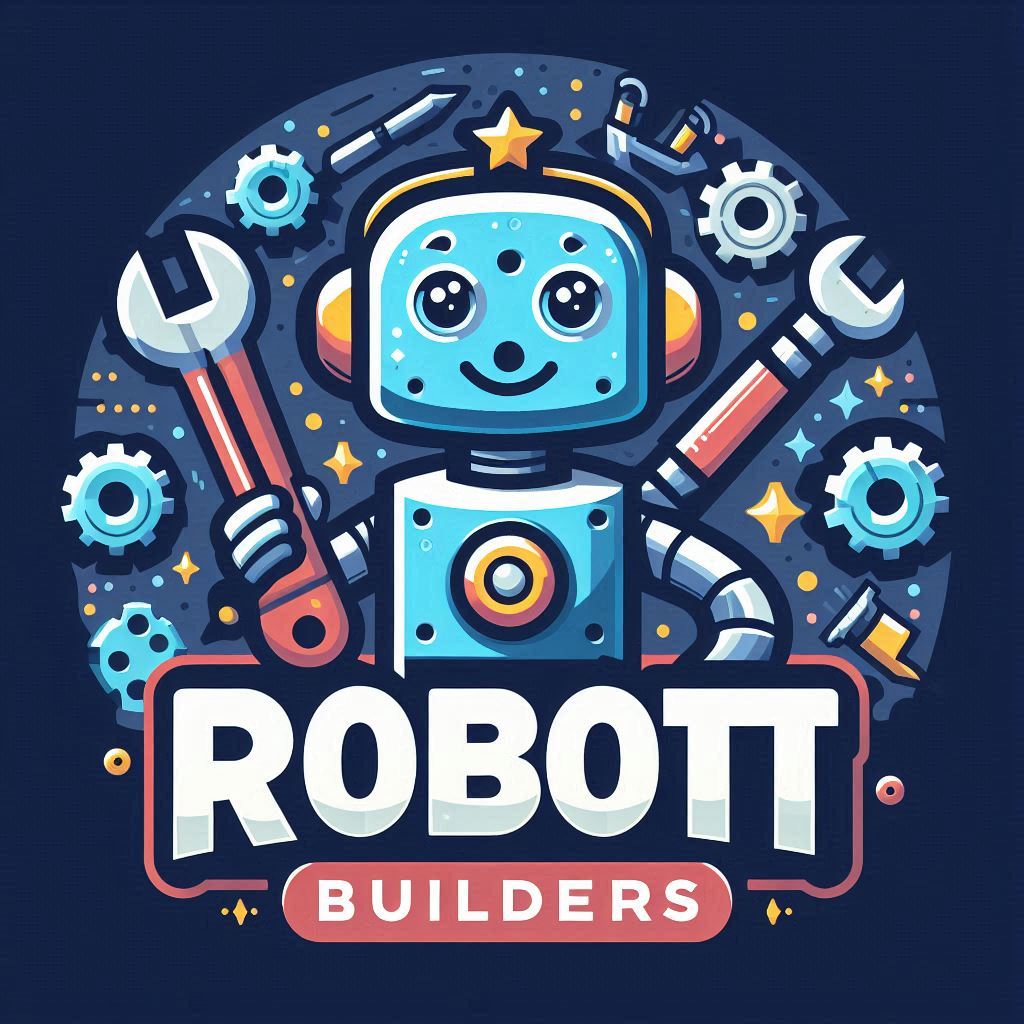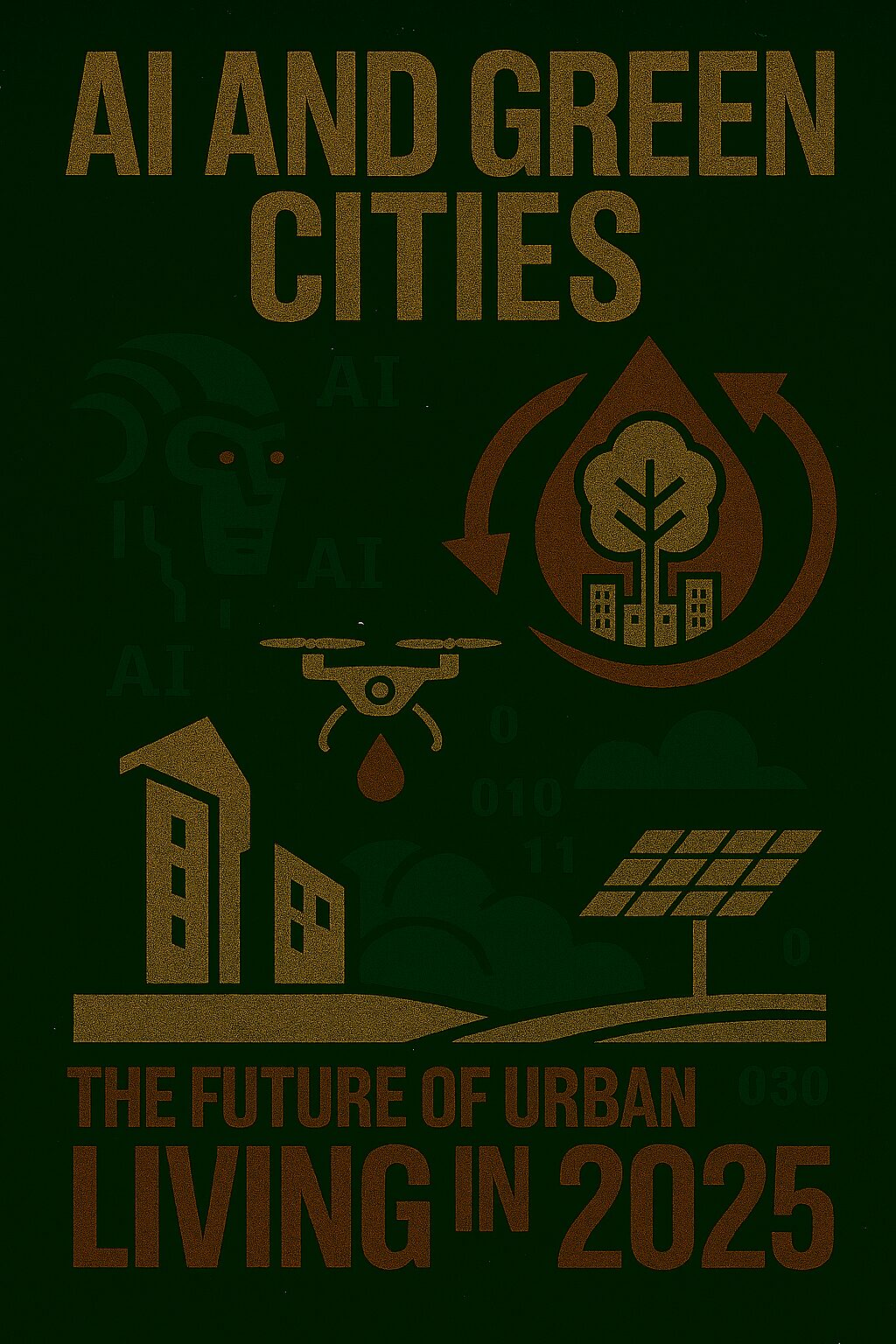Introduction: A New Blueprint for Urban Life
By 2025, over 60% of the global population lives in cities. As urban centers expand, so do the challenges—pollution, congestion, energy demand, and climate vulnerability. But artificial intelligence (AI) is rewriting the rules of urban planning. From smart grids to vertical farms, AI is powering the rise of green cities: sustainable, efficient, and resilient ecosystems designed for the future.
🤖 What Is an AI-Powered Green City?
An AI-powered green city integrates machine learning, IoT sensors, and predictive analytics to optimize urban systems for sustainability. These technologies enable:
- 🧠 Smart energy grids that balance supply and demand
- 🚦 AI traffic systems that reduce congestion and emissions
- 🌳 Urban forestry and green space planning using satellite data
- 🏙️ Digital twins that simulate city-wide environmental impact
- 🧪 Waste and water management powered by real-time analytics
According to , AI is central to the transformation of mega-cities, enabling real-time decision-making and adaptive infrastructure.
📈 How AI Is Reshaping Urban Sustainability
| AI Application | Impact on Green Cities |
|---|---|
| ⚡ Smart Energy Management | Reduces carbon footprint and lowers utility costs |
| 🚦 Traffic Optimization | Cuts commute times and improves air quality |
| 🧪 Waste Sorting & Recycling | Increases efficiency and reduces landfill use |
| 🌊 Water Conservation | Detects leaks and forecasts demand |
| 🛰️ Environmental Monitoring | Tracks pollution, heat islands, and biodiversity |
Cities like Singapore, Amsterdam, and Dubai are deploying AI to manage energy, mobility, and climate resilience—setting global benchmarks for green urbanism.
🧪 Real-World Innovations in 2025
- 🏙️ Barcelona uses AI to simulate urban heat islands and redesign cooling zones
- 🌱 Tokyo’s vertical farms are managed by AI to optimize yield and water use
- 🚰 Copenhagen’s smart water systems detect leaks and reduce waste by 40%
- 🧠 Arup’s AI urban planning tools help design carbon-neutral neighborhoods
These innovations are turning cities into living laboratories for sustainability.
⚠️ Challenges and Ethical Considerations
Despite its promise, AI in green cities faces hurdles:
- 🔐 Data privacy concerns from urban surveillance systems
- 🧮 High energy costs for AI model training
- ⚖️ Risk of excluding marginalized communities from smart infrastructure
- 🛠️ Dependence on proprietary platforms and closed ecosystems
Solutions include open-source urban tech, inclusive design, and transparent governance.
🛡️ How to Scale AI for Sustainable Urban Living
✅ Key Strategies:
- Invest in AI-powered infrastructure and digital twins
- Promote public-private partnerships for smart city innovation
- Train urban planners in AI ethics and data literacy
- Align climate policy with AI-driven insights
- Empower communities through participatory design platforms
🔑 SEO Keywords to Target
- AI and green cities 2025
- smart urban planning with artificial intelligence
- sustainable city design
- eco-friendly smart infrastructure
- AI-powered traffic and energy systems
- digital twins for urban sustainability
- future of urban living with AI
🧭 Conclusion: Intelligence Meets Environment
In 2025, AI is more than a tool—it’s a blueprint. By optimizing energy, mobility, and environmental systems, artificial intelligence is building the cities of tomorrow. The future of urban living isn’t just smart—it’s sustainable.

